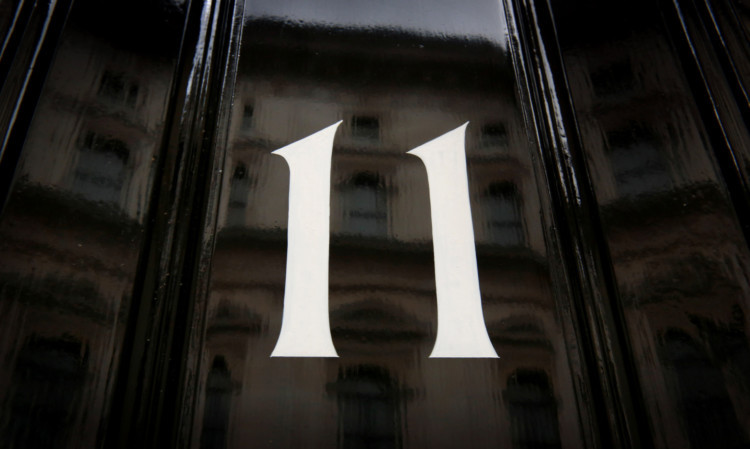
The Budget is not about budgets at all.
This was just one of the intriguing facts to emerge from a recent briefing with the clerks of the House of Commons the folk who basically keep the parliamentary show on the road.
The Budget is all about how the government gets money, mainly of course through taxation. It’s got nothing to do with spending it or budgeting.
Traditionally the Chancellor’s autumn statement was about spending while the set piece in spring was about raising cash.
But then lots of traditions surrounding the Budget have gone out of the window.
It used to be the case that leaking any information about it before the Chancellor sat down after delivering his speech was a resigning matter. Labour’s Hugh Dalton was the most high profile victim of this rule, details of one duty made it into the Stop Press section of one newspaper and he had to stand down.
New Labour started briefing details in advance. In the era of Coalition Lib Dems and Tories compete to leak the bits they want to get out there first.
Because so much of the Budget is already out there the actual speech tends to be shorter. It used to be the only speech published in Hansard the record of everything that is said in parliament with sub-headings.
Another tradition that’s gone by the by is scheduling a 10-minute rule bill essentially giving a backbencher the chance to plug a pet policy – in the slot before the Budget.
In reality this gave the Opposition the opportunity to all but present an alternative Budget before the Chancellor even started. Far too much like good fun for the modern parliamentary business managers.
After the Budget the first thing that happens is not that the Opposition respond but that parliament nods through whatever the Chancellor has announced on alcohol, tobacco and petrol to stop people stockpiling those items before any increase in duty comes into force. But the laws passed at that point are only provisional and could in theory be undone when the Finance Bill comes before parliament proper weeks or months later.
One thing we know is going to get a mention in the Budget is income tax because if it didn’t the government would run out of money. Income tax rates only apply for a year so the Chancellor needs to renew them in his Budget.
Everything else we will have to wait and see when George Osborne gets to his feet around 12.30 and produces his Budget from the item that gives the whole circus its name.
The word Budget comes from the old French for “little bag” and is so called because the Chancellor keeps his plans for the nation’s finances in his little bag.

Enjoy the convenience of having The Sunday Post delivered as a digital ePaper straight to your smartphone, tablet or computer.
Subscribe for only £5.49 a month and enjoy all the benefits of the printed paper as a digital replica.
Subscribe